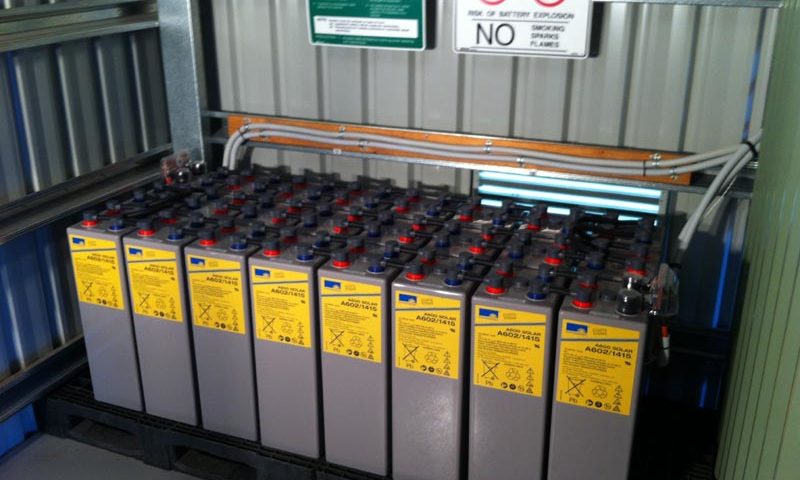Competitive bidding in the renewable energy space has never failed to surprise. Solar tariffs had their share of excitement with falling tariffs, and now it is the turn of wind energy. The very recent wind energy auction by SECI, its second, saw tariffs of Rs.2.64 per kwh, much lower than the Rs.3.46 per kwh seen in the first auction in February 2017, which by itself was an incredulous figure.
There are reports that NLC India (formerly Neyveli Lignite Corporation) encountered similarly surprisingly low quotes for its solar energy cum battery storage projects. Mahindra Susten (the renewable energy arm of Mahindra & Mahindra Group) has emerged the L1 bidder with a quote of Rs.298.8 crore for a 20-mw solar power project equipped with a battery storage system. NLC India was expecting quotes upward of Rs.500 crore and there were five bidders (including Adani Group, Sterling and Wilson, etc) that quoted below this benchmark figure.
NLC India is setting up a 20-mw grid-interactive solar photovoltaic power project integrated with battery energy storage system (BESS) at Attampahad, Portblair, South Andaman. The BESS will have a minimum 6-mw storage and power conversion system to smoothen the solar power output being fed to the 33kV grid. The project also involves O&M of five years. NLC India expects the project to be commissioned by the selected developer, within one year of the award of letter of acceptance. Expressions of interest were invited in August last year.
We are therefore contending with a situation that can be described as the coexistence of disparate tariffs.
Coming back to solar and wind auctions, one can foresee that falling tariffs will become a cause for concern. What has happened is that the drop in tariffs—both solar and wind—have been precipitous, and not gradual. Wind tariffs, for instance, have dropped by a significant 24 per cent in just about eight months. We are therefore contending with a situation that can be described as the coexistence of disparate tariffs. With solar and wind tariffs expected to hold to their present levels—or even decline further—the disparity in tariffs will only widen.
Power utilities might dither on their older PPAs, in the wake of their newer PPAs that envisage substantially lower tariffs. This could create financial pressure on generators. It is in this context that some assurance can derived from what power minister R.K. Singh recently stated. Singh has asked state electricity regulatory commissions to act independently and authoritatively when it comes to dealing with erring power distribution utilities. This is a laudable move that merits enforcement.
Mass procurement vs PPAs
Mass procurement by the government has also resulted in unbelievably low rates. We have seen it in LED lighting, smart meters and more recently even in electric vehicles. Manufacturers have been most willing to offer their best rate as the quantum of the order is huge, and there is a single procurement agency. The procurement process, carried out on the digital platform, also infuses simplicity and speed. This makes matters only more efficient for all stakeholders.
However, the primary difference between mass procurement and PPAs is that procurement is a one-time activity but PPAs are of very long duration, typically 25 years. Power generators are at an inherent disadvantage in this era of falling tariffs, and which is precisely why helpful intervention from electricity regulatory commissions, is imperative.
(Photo: gobigsolar.com)
(This article’s author, Venugopal Pillai, is Editor, T&D India. Views expressed here are personal. The author may be contacted on venugopal.pillai@tndindia.com)

